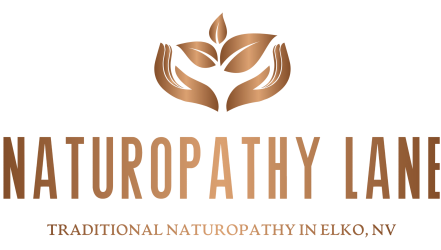Catnip, also known as Nepeta cataria, is a member of the mint family and has been used for its medicinal properties for centuries. This herbaceous perennial plant is native to Europe and Asia but is now commonly found throughout North America. Catnip has gained popularity for its uses in naturopathic medicine, and researchers continue to explore its potential benefits and applications.
The species Nepeta cataria, commonly referred to as catnip, is a well-known plant in the mint family. It is characterized by its square stem and typical mint-like appearance. The leaves are heart-shaped with serrated edges, and the plant produces small, white flowers with purple spots.
In natural medicine, various parts of the catnip plant are utilized for their therapeutic benefits. The leaves and flowering tops of catnip are commonly harvested for medicinal purposes. These plant parts are collected and dried for use in teas, tinctures, and other herbal preparations.
Catnip contains several active constituents that contribute to its medicinal effects. The plant produces essential oils rich in compounds such as nepetalactone, which is known for its sedative and relaxant properties. Other constituents include terpenoids and iridoids, which may contribute to catnip’s therapeutic actions.
Naturopathic practitioners have identified a range of potential uses for catnip in natural medicine. This herb is often recommended for its calming and soothing effects, making it a popular choice for promoting relaxation and alleviating mild anxiety and nervousness. It is also used to support digestive health and relieve gastrointestinal discomfort.
Recent research has shed light on the potential functions of this herb and has expanded our understanding of its effects. Studies have explored this herb’s potential as an insect repellent, its antimicrobial properties, and its impact on behavioral responses in animals. Ongoing research continues to uncover new insights into the mechanisms of action and potential therapeutic applications of catnip in various health conditions.
In conclusion, catnip holds a significant place in natural medicine due to its historical uses and potential therapeutic benefits. As research into the functional properties of catnip progresses, its role in supporting health and well-being may continue to expand. With its calming effects and diverse applications, catnip remains a valuable botanical ally in the realm of naturopathic medicine.
Further Reading on Natural Medicine:
Mushrooms: Turkey Tail Mushroom
Herbs: Clematis Comfrey Myrrh Valerian Root




0 Comments
1 Pingback